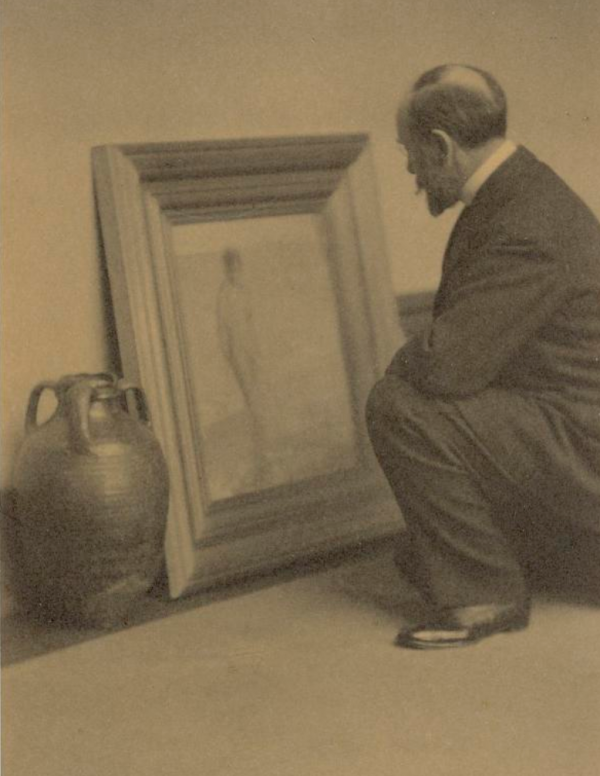What is Provenance?

Provenance is the history of who has owned an object from the time it was created to the present day.
In general, it is more common for an object to have an incomplete ownership history than a complete one. Provenance researchers try to fill in the gaps, but because information may have been lost over time, the history of who owned an object and how it changed hands may never be fully known. Because of its difficulty, provenance research is sometimes compared to detective work.
Provenance research is an integral and ongoing part of curatorial and museum practice.
Provenance provides a powerful lens to look at and learn about art and objects, the history of collecting, and museums. Provenance research can serve as an important tool for solving issues of the authentication, ownership, and the significance of objects in a museum's collection.
Smithsonian staff research the provenance of objects in our collections because it can help us understand more about the history of an object, who created it, who has owned it, and where it has been over time.
Provenance research at the Smithsonian impacts the entire scope of our diverse collections, from works of art to zoological specimens, rare books to live animals, and archival documents to spacecraft. The Smithsonian is committed to researching and making accessible provenance information about its collections in collection and exhibition catalogues and online.